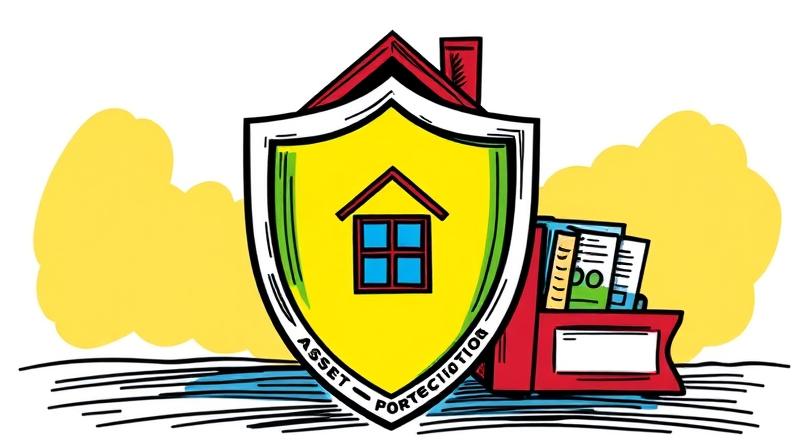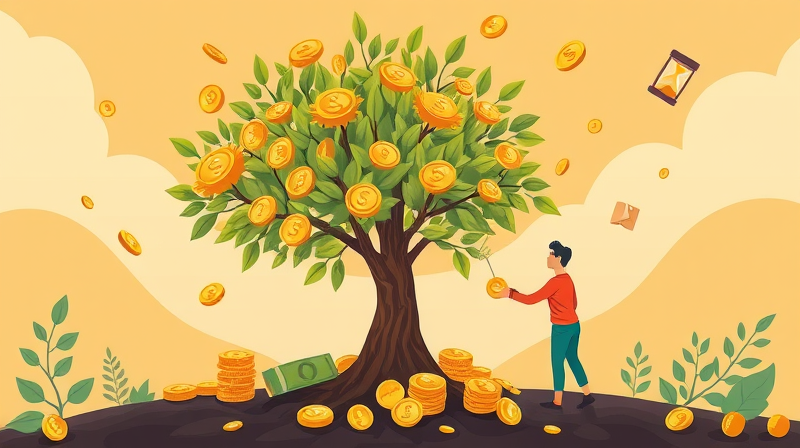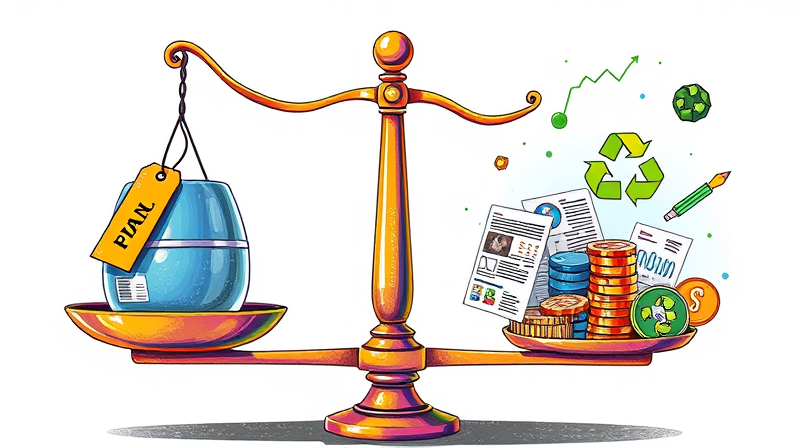
Picture a sudden expense that derails your plans: a medical bill, a major car repair, or an unexpected job loss. An emergency fund provides the safety net you need to withstand life’s surprises without falling into debt or stress.
An emergency fund is a dedicated pool of cash reserved to cover unexpected financial challenges, from urgent home repairs to temporary unemployment. By setting aside money in advance, you create a financial buffer that protects your goals and peace of mind.
This fund is not for vacations or everyday spending—it’s purely for crises. When you tap into this reserve, you avoid high-interest debt and keep your long-term plans on track.
Most experts agree that an emergency fund should cover 3 to 6 months of essential expenses. This range balances the need for security against the opportunity cost of holding cash.
Essential expenses include housing costs, utilities, groceries, transportation, insurance premiums, and minimum debt payments. Luxury items or discretionary spending are excluded.
If your monthly budget is $2,500, a 3-month cushion means $7,500, while a 6-month fund reaches $15,000. The average American household spends around $5,870 monthly, suggesting a six-month goal near $35,000.
Not everyone needs the same amount. Personal circumstances can shift your saving target up or down.
Conversely, dual-income households with stable careers and strong insurance coverage might lean toward the lower end of the spectrum.
Despite the recommendations, many Americans fall short. Only 39% of adults aged 18–29 have saved three months of expenses, rising to 69% for those over 60. The median household balance is just $8,742—far below the six-month goal of $35,000.
This gap leaves over half of U.S. adults unable to cover a $1,000 emergency from savings. Building even a basic safety net can be transformative in preventing financial crises.
Your emergency fund must be easily accessible and liquid, yet safe from market volatility. Ideal vehicles include high-yield savings accounts, money market accounts, or certain short-term certificates of deposit (CDs). Avoid tying up your fund in long-term investments or assets that may incur penalties or risk loss in value when you need them most.
Starting can feel overwhelming. The key is consistency and momentum. Even small contributions add up over time.
The timeline depends on your contribution rate. Saving $150 per month builds an $11,400 cushion in nearly six years, while $500 monthly hits $30,000 in five years. Increasing contributions as income rises or debts shrink can shorten this period dramatically.
Regular check-ins—quarterly or biannually—help you review and adjust annually, especially after life changes like marriage, a new child, or a career shift.
Building an emergency fund is not just a financial exercise—it’s a step toward lasting peace of mind. By setting clear targets, choosing the right savings vehicle, and maintaining consistent habits, you can face life’s uncertainties with confidence and dignity.
Start today, however modestly. Each dollar you save strengthens your resilience and empowers you to weather storms without sacrificing your goals or wellbeing.
References













